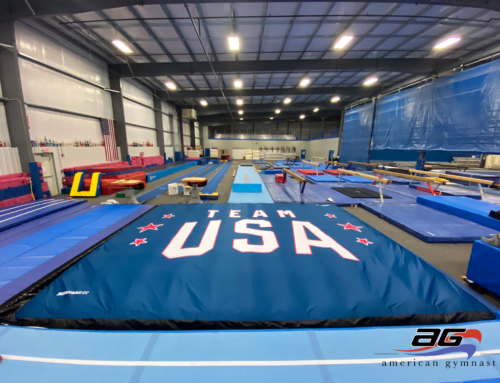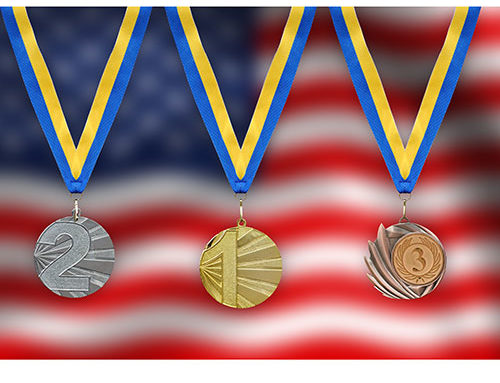Andy’s Proposed Selection Procedures and World/Olympic Format…
Over the last decade, gymnastics has been transformed into a specialist’s sport – catering more and more to gymnasts with exceptional individual strengths and less and less to those with well-rounded abilities. I think it was perhaps an unintentional consequence of this trend that team competitions have taken on this “specialist” feel as well, becoming more and more like individual circus acts artificially thrown together and called something that they’re not.
In parallel with these trends, selection procedures in general (in particular in the United States) have become more and more subjective, to allow for the strategy involved in piecing together a team that best captures all of a country’s best individual routines. I’ve never been a fan of subjective selection procedures. Many of us can still remember the days when our world and Olympic teams were actually selected based on competition scores alone. I, for one, associate those objective selection procedures with the TRUE all-around and team competitions that characterized the world and Olympic competitions of the 1980’s and 1990’s.
I was quite disappointed when I learned that the 2012 Olympic Games are going to only allow for only FIVE athletes from each country as opposed to the traditional six. This is exactly the opposite of what our sport needs. We already prevent so many of the world’s top gymnasts from going to world and Olympic competitions – by the already small team sizes, the absurd two-per-country limits on each event and in the all-around, and of course the minimum age requirement on the women’s side. All of these trends got me wondering…why in the world do we do this?
Did you know that in swimming – one of the most popular summer Olympic sports – 26 men and 26 women from each country can go to the Olympic Games? They essentially have 13 different events (races), and two swimmers from each event qualify to compete that event at the Olympic Games. After all the individual races are contested at the Olympics, the competition culminates with an exciting 4-member team relay race that often provides some of the most dramatic moments of the entire Olympic Games. In the end, 52 men and women became Olympians and were given the opportunity to race for medals in the athletic event they had dreamed about since childhood.
And did you know that the 2008 U.S. Olympic Track and Field team consisted of 126 male and female athletes? We essentially send three men and three women for each individual event – 100m, 200m, 400m, marathon, high jump, pole vault, shot put, etc. And the U.S. relay team can include any athlete on the roster for an individual event.
Are you telling me that we can send different athletes to simply run different lengths of races or swim different strokes, but we have to choose among a team of only five or six athletes to compete on events as different as rings and pommel horse, or uneven bars and balance beam? It doesn’t make any sense.
As gymnastics has become more and more like swimming and track and field, with athletes specializing in each of the individual events, I think it’s time our selection procedures and competition formats become more like theirs as well. The more I’ve thought about it, the more I realize how amazing it could be for our sport.
Next, I will outline my proposals (without necessarily all the details), just as I did with my proposed Code of Points a while back. As I emphasized back then, it’s important to keep an open mind about this. Some of these will seem like drastic changes, but I truly believe this is the direction that gymnastics has been heading. I believe these changes would help alleviate many of the obstacles that have arisen as the result of the specialist-favored trends of our sport.



Leave A Comment